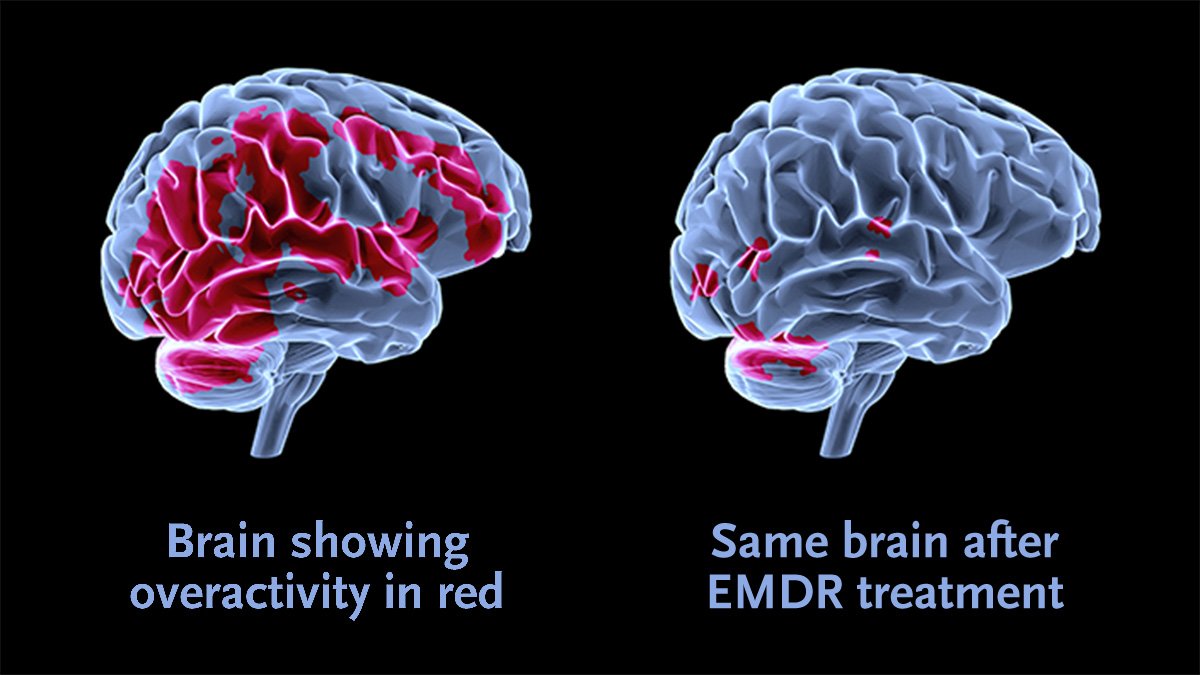EMDR for Trauma
EMDR known as Eye Movement Desensitization and Reprocessing is endorsed by major medical and psychological associations as being an effective psychotherapy treatment. It is backed up by extensive research and is proven to help people recover from trauma, PTSD, depression, anxiety and panic disorders. Just a few sessions of EMDR therapy can provide great relief and shift trauma in a gentle manner.
The technique allows unprocessed traumatic memories to resolve by giving the brain the space and freedom it needs to undertake its own healing.
EMDR uses bilateral stimulation through different methods including hand buzzers, alternate tapping or moving light. EMDR treatment consists of desensitization and reprocessing of trauma memories. The role of Bilateral Stimulation (BLS) or Dual Attention Stimuli (DAS) is critical for EMDR therapy to work. Clients will focus on the disturbing memory including negative thoughts and beliefs about themselves, emotions and body sensations while simultaneously following the BLS. Alternating BLS comes in the form of eye movements, tactile or auditory tones
BLS, as part of the EMDR method, is believed to desensitize the trauma memories (reducing emotional distress and memory vividness) while activating the clients “information processing system” and taxing the working memory. This allows new associations to arise between the trauma memory and more adaptive information. This process facilitates healing and mental wellness to take place. The BLS helps to anchor the client, keeping one foot in the counseling office while the other foot is in the disturbing memory.
EMDR therapy should not be done on yourself. It requires a trained EMDR therapist with knowledge and understanding of EMDR therapy and the ability to implement the protocol and adjust the BLS so that you can have the best results possible.

